10 Best Herbal Tinctures For Fever Blister On Lip
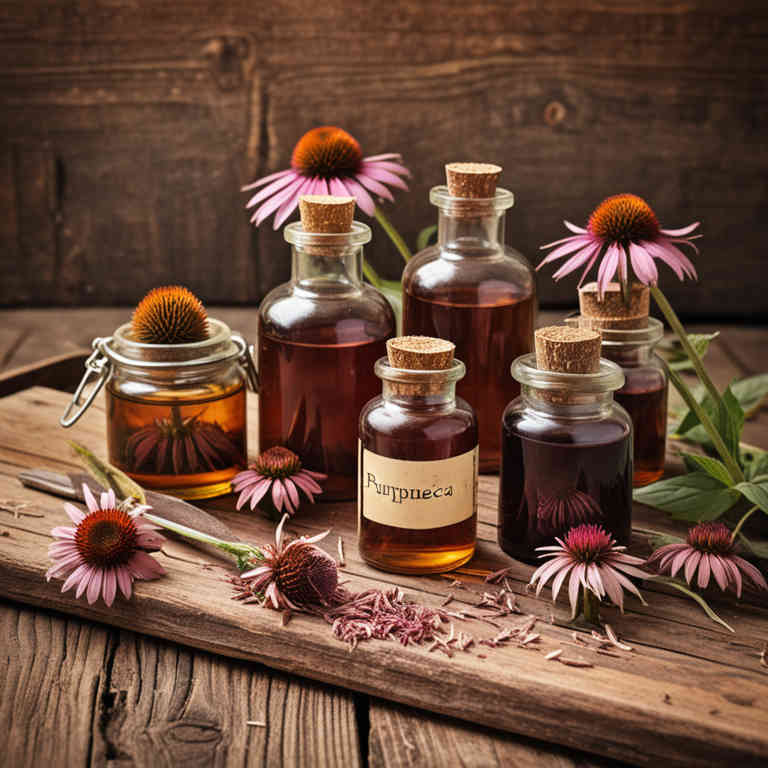
Herbal tinctures for fever blisters on the lip are natural remedies that may help alleviate symptoms and promote healing by utilizing antiviral and anti-inflammatory properties.
Common herbs used in these tinctures include echinacea, goldenseal, and calendula, which are known for their ability to reduce inflammation and support the immune system. These tinctures are typically applied topically to the affected area using a clean applicator to avoid further irritation. While they may offer some relief, they are not a substitute for medical treatment, especially if the blisters are severe or recurrent.
It's important to consult a healthcare professional before using herbal tinctures, especially if you have allergies or are taking other medications.
FREE COURSE
How to make medicinal herbal tinctures for common ailments at home and in a weekend (using the Healing Drops System).

Table of Contents
1. Hypericum perforatum
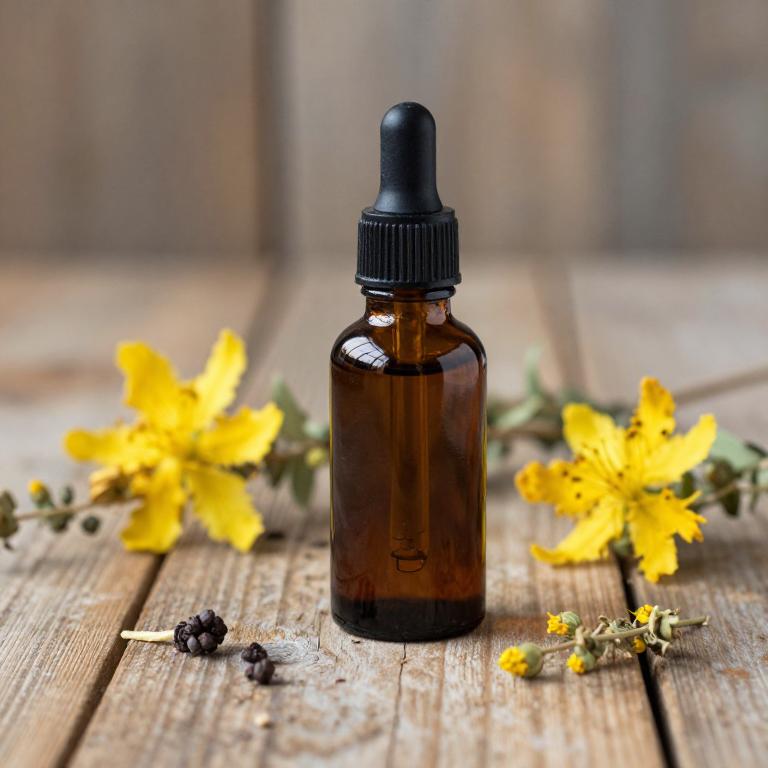
Hypericum perforatum, commonly known as St. John's Wort, is a herbal remedy that has been traditionally used for its anti-inflammatory and antiviral properties.
When prepared as a tincture, it may offer a natural alternative for treating fever blisters on the lips, which are often caused by the herpes simplex virus. The tincture is typically applied topically to the affected area, helping to reduce inflammation, soothe the skin, and potentially shorten the duration of the outbreak. While some studies suggest that hypericum perforatum may have antiviral effects, it is important to consult with a healthcare provider before using it, especially if you are taking other medications, as it can interact with certain drugs.
Overall, hypericum perforatum tinctures may be a useful adjunct in managing fever blisters, though they should not replace professional medical advice.
2. Lavandula angustifolia
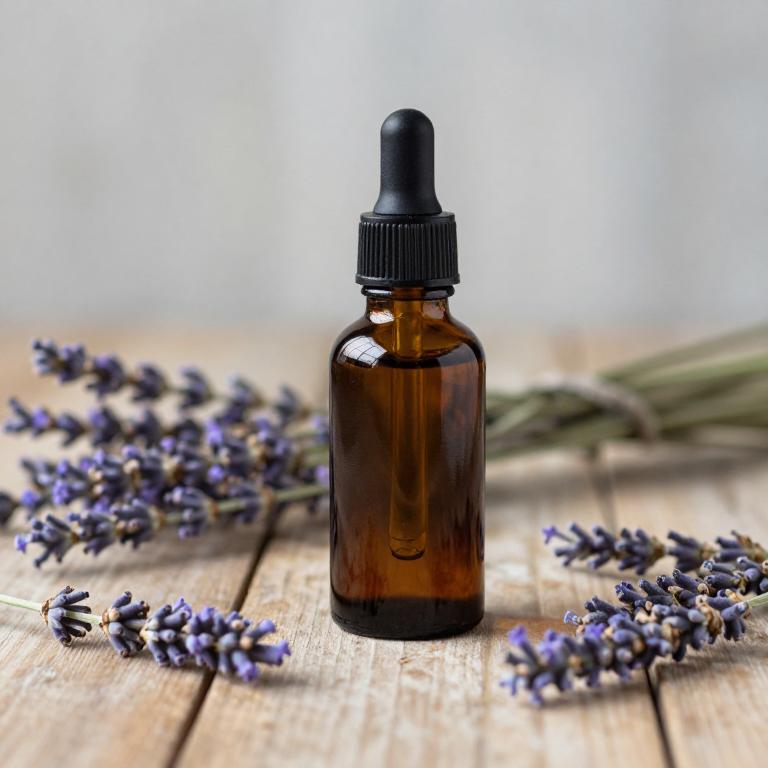
Lavandula angustifolia, commonly known as English lavender, is often used in herbal tinctures to address fever blisters on the lips due to its anti-inflammatory and antiviral properties.
These tinctures typically contain a concentrated form of lavender essential oil diluted in alcohol, which can help reduce the pain and swelling associated with cold sores. Applying the tincture directly to the affected area may help accelerate the healing process and provide a calming effect. However, it is important to dilute the tincture properly to avoid irritation, as undiluted essential oils can be too strong for sensitive skin.
While lavender tinctures may offer some relief, they should not replace professional medical advice, especially for severe or persistent outbreaks.
3. Echinacea purpurea
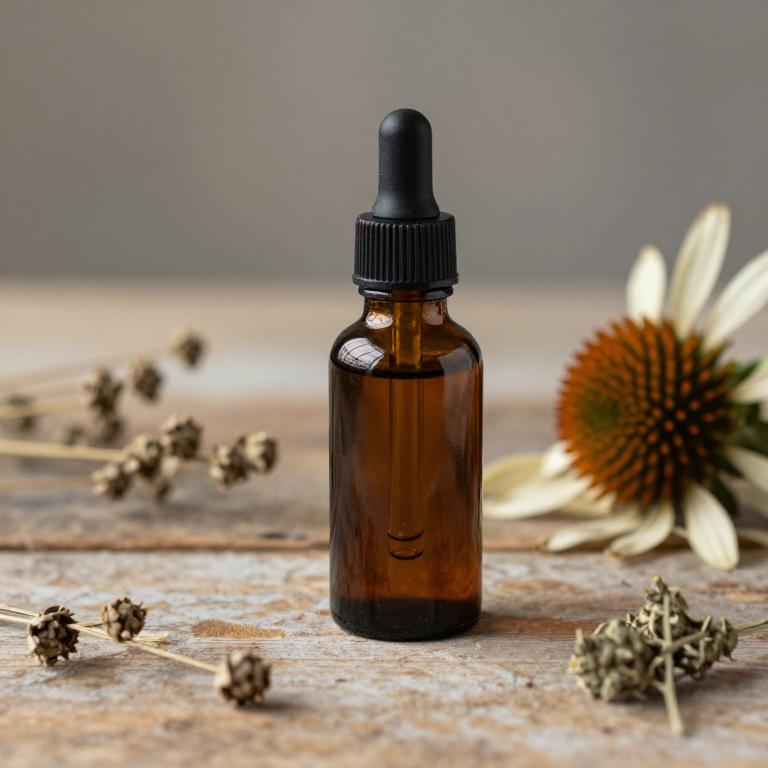
Echinacea purpurea herbal tinctures are commonly used for their potential antiviral and immune-boosting properties, which may help in managing fever blisters on the lips.
These tinctures are typically made by soaking the dried roots or flowers of the echinacea plant in alcohol, creating a concentrated herbal extract. While some studies suggest that echinacea may reduce the duration and severity of cold sores caused by the herpes simplex virus, scientific evidence remains inconclusive. When applying echinacea tincture to a fever blister, it is important to dilute it with a carrier oil or water to avoid irritation.
As with any herbal remedy, it is advisable to consult a healthcare professional before use, especially for those with sensitive skin or existing medical conditions.
4. Zingiber officinale
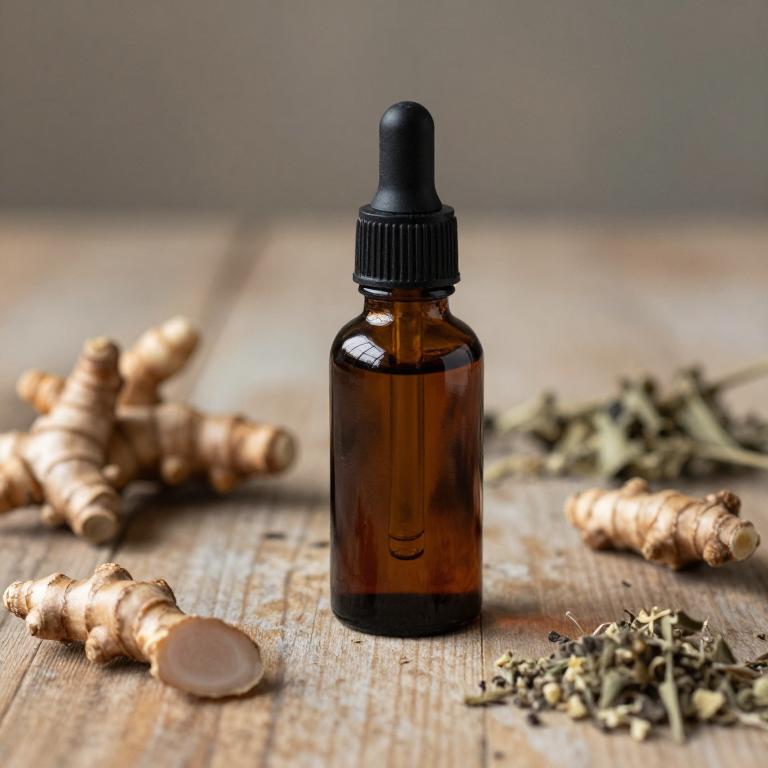
Zingiber officinale, commonly known as ginger, has been traditionally used for its anti-inflammatory and antiviral properties, making it a potential natural remedy for fever blisters on the lips.
Ginger herbal tinctures can be applied topically to reduce swelling, redness, and discomfort associated with cold sores caused by the herpes simplex virus. The active compounds in ginger, such as gingerol and shogaol, may help inhibit viral replication and promote healing. However, it is important to consult a healthcare professional before using ginger tinctures, especially if you have sensitive skin or are taking other medications.
While ginger may offer some relief, it should not replace conventional treatments prescribed by a doctor for more severe or persistent outbreaks.
5. Calendula officinalis

Calendula officinalis herbal tinctures are often used for their anti-inflammatory and antiviral properties, making them a popular natural remedy for fever blisters on the lips.
These tinctures can help reduce the redness, swelling, and discomfort associated with cold sores caused by the herpes simplex virus. When applied topically, calendula may promote healing and prevent secondary infections by creating a protective barrier on the affected skin. However, it is important to consult a healthcare professional before using calendula tinctures, especially if you have allergies or are pregnant.
While some people find calendula beneficial, it is not a cure for herpes and should be used in conjunction with other recommended treatments.
6. Achillea millefolium
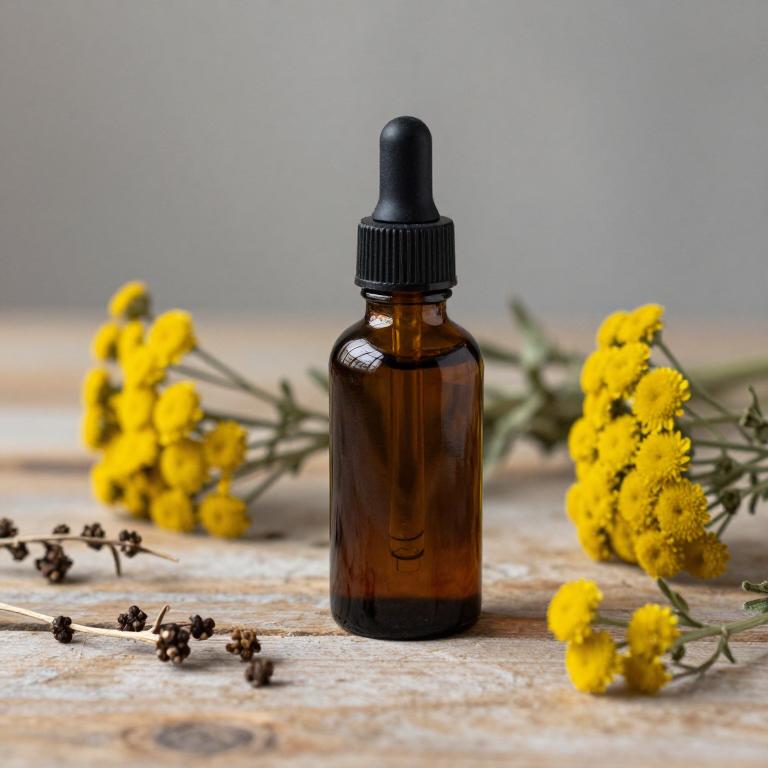
Achillea millefolium, commonly known as yarrow, has been traditionally used for its anti-inflammatory and antiseptic properties, making it a potential candidate for herbal tinctures applied to fever blisters on the lips.
When prepared as a tincture, yarrow can be diluted and applied topically to help reduce the swelling and irritation associated with cold sores. Its astringent qualities may aid in drying out the blister and promoting the healing process. However, it is important to note that while yarrow may offer some symptomatic relief, it should not replace conventional medical treatments for herpes simplex infections.
Always consult with a healthcare provider before using herbal remedies, especially if you have sensitive skin or are taking other medications.
7. Matricaria chamomilla
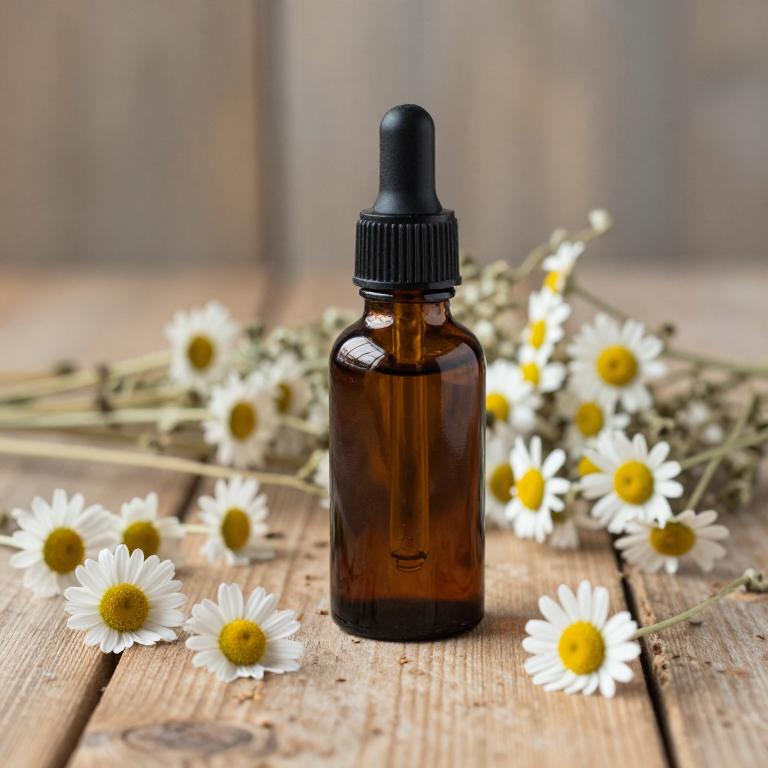
Matricaria chamomilla, commonly known as chamomile, is a popular herbal remedy used in tincture form to address fever blisters on the lips.
The tincture is derived from the dried flowers of the plant and contains active compounds such as flavonoids and essential oils that have anti-inflammatory and antiviral properties. When applied topically, chamomile tincture can help reduce redness, swelling, and discomfort associated with cold sores. It is often used as a natural alternative to conventional treatments, though it is important to consult a healthcare provider before use, especially for those with allergies or sensitive skin.
Regular application may help speed up the healing process and prevent the spread of the herpes simplex virus.
8. Rosa canina
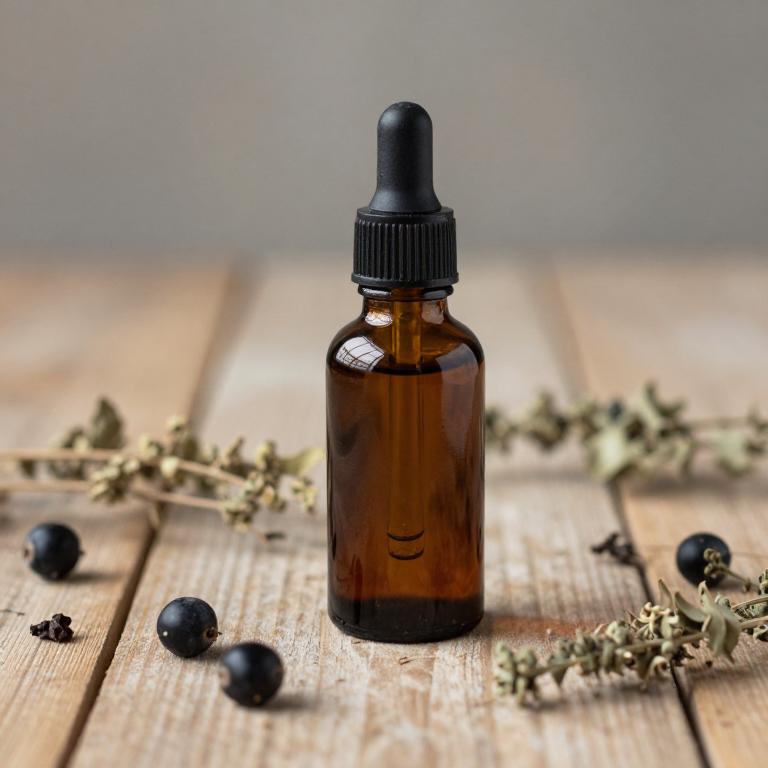
Rosa canina, also known as dog rose, is a herbal remedy that has been traditionally used to address various health concerns, including skin conditions.
Rosa canina herbal tinctures are often used to alleviate symptoms of fever blisters on the lips, which are caused by the herpes simplex virus. These tinctures are believed to have antiviral, anti-inflammatory, and healing properties that may help reduce the severity and duration of cold sores. The active compounds in Rosa canina, such as vitamin C and antioxidants, support the body's immune response and promote skin regeneration.
While not a cure for herpes, regular use of Rosa canina tinctures may offer natural relief and support the body's ability to fight off the virus.
9. Camellia sinensis
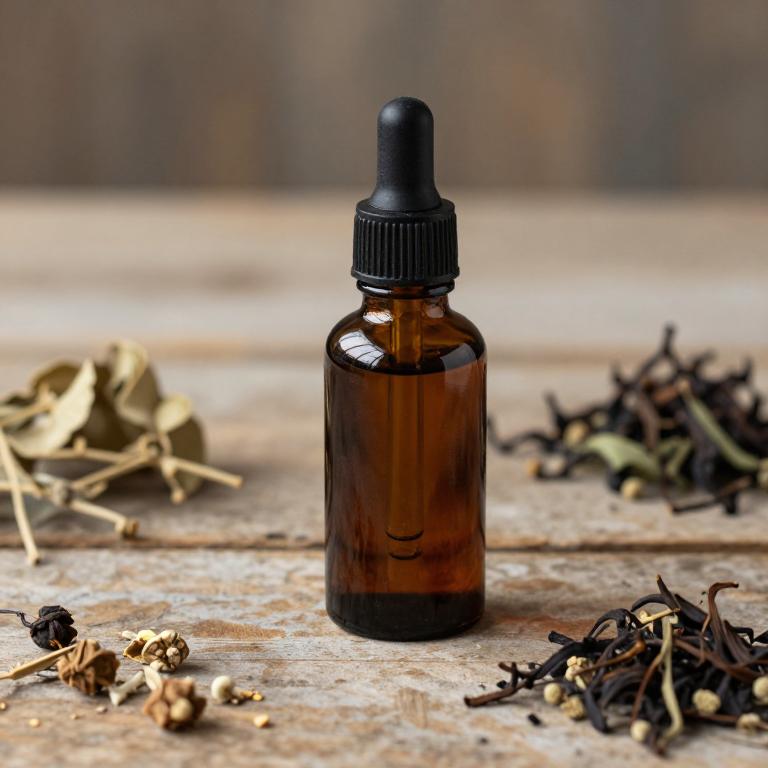
Camellia sinensis, the plant from which green and black teas are derived, is often used in herbal tinctures for its anti-inflammatory and antiviral properties.
These tinctures may be applied topically to fever blisters on the lips to help reduce inflammation and promote healing. While some studies suggest that the compounds in Camellia sinensis may inhibit viral replication, there is limited clinical evidence supporting its efficacy for cold sores specifically. Due to the lack of standardized dosing and potential interactions with other medications, it is advisable to consult a healthcare professional before using these tinctures.
Nonetheless, many people find them to be a natural and soothing alternative for managing the discomfort of fever blisters.
10. Melissa officinalis
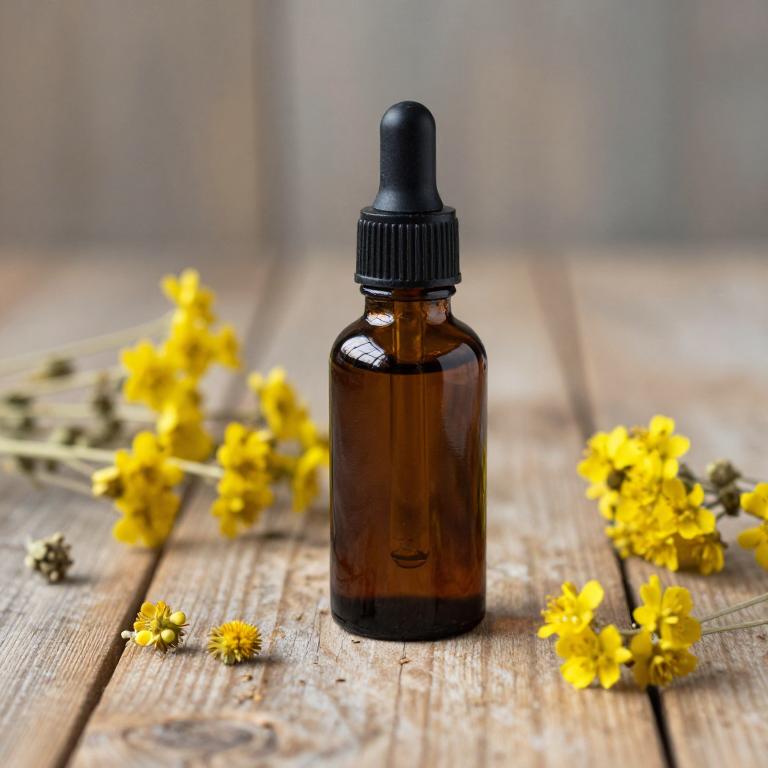
Melissa officinalis, commonly known as lemon balm, is a herbal remedy often used in the form of a tincture to address fever blisters on the lip.
This herb contains compounds such as rosmarinic acid and flavonoids, which have antiviral and anti-inflammatory properties that may help reduce the symptoms of cold sores. When applied topically, the tincture can soothe the affected area, decrease pain, and potentially shorten the duration of the outbreak. Some studies suggest that lemon balm may inhibit the herpes simplex virus, making it a natural alternative to conventional treatments.
However, it is important to consult with a healthcare provider before using lemon balm tinctures, especially if you have sensitive skin or are taking other medications.